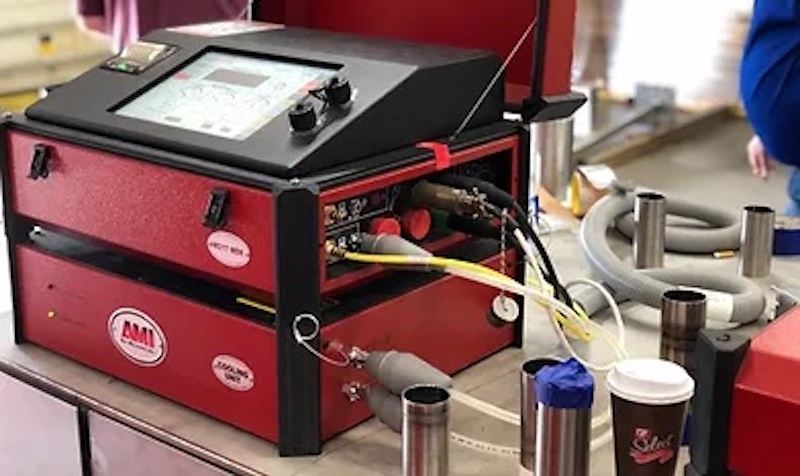Orbital Welding and its Advantages
Orbital welding is a cutting-edge welding technique that offers numerous advantages across various industries, from aerospace to pharmaceuticals.
This automated welding process employs a mechanized system to rotate and move the welding electrode around a fixed workpiece, ensuring precision and consistency.
The benefits of orbital welding are multifaceted, contributing to improved efficiency, quality, and cost-effectiveness in welding operations.
First and foremost, orbital welding provides unmatched precision. The automated system ensures that the welding electrode follows a predetermined path with exceptional accuracy.

This precision minimizes the risk of human error, resulting in consistently high-quality welds.
The uniformity and repeatability of orbital welding make it ideal for critical applications where weld integrity is paramount, such as in the construction of pressure vessels, pipelines, and aerospace components.
Furthermore, orbital welding is highly efficient, reducing both labor and material costs. Its automated nature eliminates the need for highly skilled welders to perform intricate welds manually.
This not only saves on labor expenses but also reduces the likelihood of costly rework due to welding errors.
Additionally, the minimized use of filler materials and the efficient use of shielding gases in orbital welding lead to reduced material waste and lower operational costs, making it an environmentally friendly and cost-effective option.
Another key advantage of orbital welding is its ability to work in challenging environments.
Whether it’s extreme temperatures, hazardous gases, or confined spaces, orbital welding can operate in conditions that might be unsafe for human welders.
This capability is especially valuable in industries like nuclear power, where precision and safety are paramount.
Finally, orbital welding contributes to improved documentation and quality control. The process can be easily integrated with data logging systems to record critical welding parameters such as current, voltage, and travel speed.
This wealth of data ensures traceability and enables real-time monitoring of weld quality, making it easier to identify and rectify any issues that may arise during the welding process.
In conclusion, orbital welding offers a multitude of benefits that enhance the quality, efficiency, and cost-effectiveness of welding operations in various industries.
Its precision, efficiency, adaptability to challenging environments, and contributions to quality control make it a valuable tool for achieving high-quality welds consistently.
As technology continues to advance, orbital welding is likely to play an increasingly important role in ensuring the integrity and reliability of critical welds across diverse sectors.

